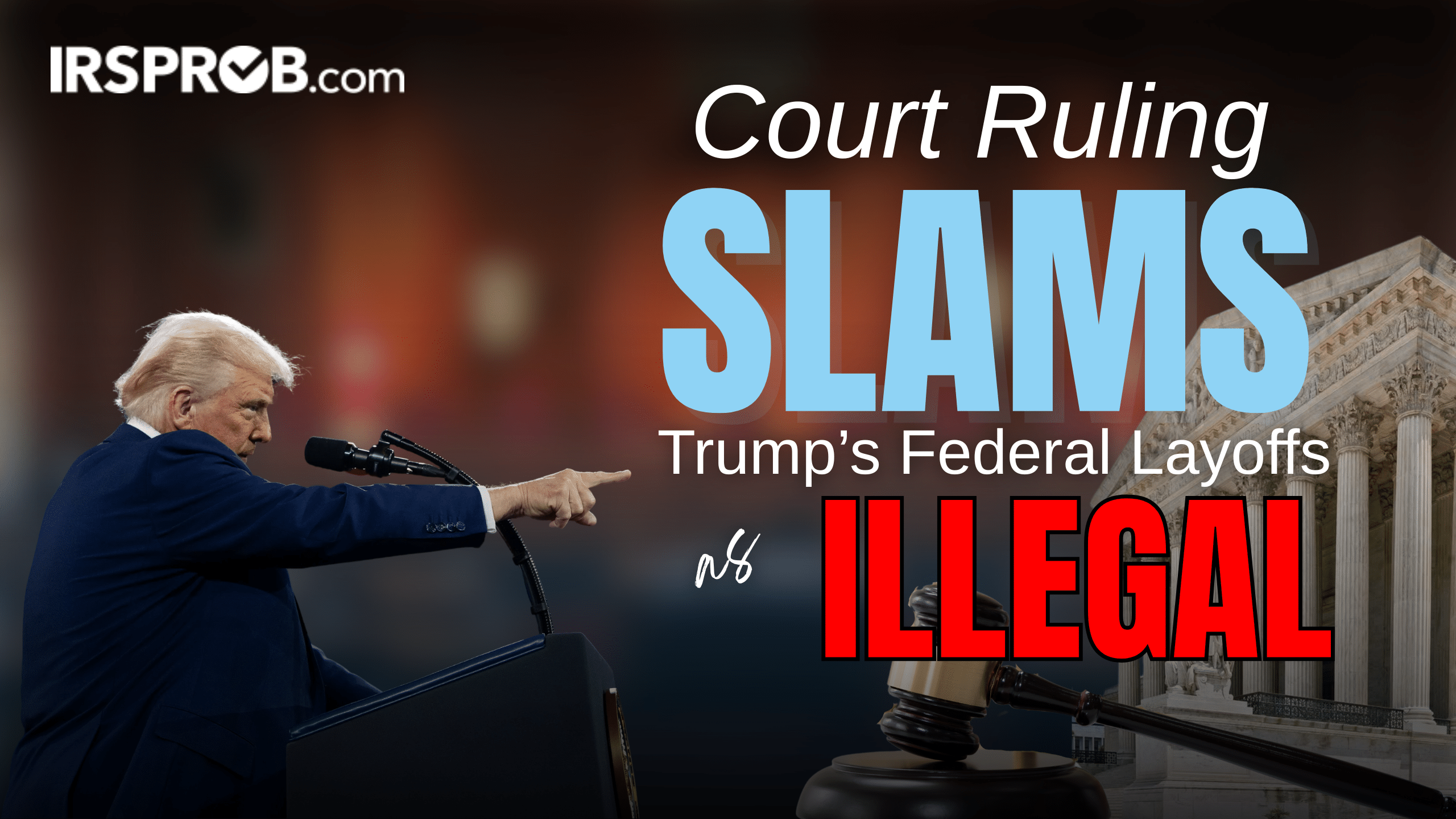

The Legal Case: What the Court Actually Said
The lawsuit—brought by a coalition of labor attorneys and public sector employee groups—challenged the administration’s unilateral effort to cut over 130,000 federal jobs across agencies including the IRS, VA, and HHS.
At the heart of the ruling was this:
Congress had already appropriated funds for these positions.
By terminating roles en masse without congressional rescission or legal RIF (Reduction in Force) processes, the court found that the administration effectively impounded appropriated funds, which violates the Impoundment Control Act of 1974.
The ruling stated:
“The executive branch may not unilaterally eliminate duly funded federal positions. To do so undermines the constitutional authority of Congress to control federal expenditures.”
- Trump administration officials have vowed to appeal, calling the ruling “an attempt to politicize executive efficiency.”
- Federal employee unions are calling it a “legal and moral victory” for workforce stability.
- Congressional Democrats are using the decision to argue for stronger civil service protections.
Meanwhile, Republican leaders say the ruling will make it harder to hold bureaucrats accountable.
Why This Ruling Matters
1. Reasserting Congressional Oversight
This case is a direct rebuke to the idea that the presidency can override Congress’s power of the purse. While presidents can propose budgets or recommend cuts, they can’t defund what Congress has already funded—especially without process.
2. Employee Protections Upheld
The decision affirms that federal workers have due process rights. Layoffs must follow performance metrics, review processes, and legal notice periods.
3. Operational Disruption Exposed
Many of the agencies hit by the layoffs—such as the IRS—are already under strain. This ruling may slow down enforcement, delay refund processing, and create long-term administrative backlogs as the government works to reinstate or rehire displaced workers.

What Happens Now?
- Thousands of terminations may be reversed.
- Workers could receive back pay or settlements.
- Future administrations may be forced to rethink how they restructure agencies.
- The case could rise to the Supreme Court if the administration chooses to escalate the appeal.
Final Thought from IRSProb.com
Whether you support or oppose large-scale government reform, this case is a defining moment in how American law balances power.
Executive authority is not absolute—and as this ruling shows, even presidents are bound by congressional budgets and administrative law.
Stay informed, stay empowered, and follow IRSProb.com for the stories behind the headlines that shape your tax rights, your benefits, and your future.









